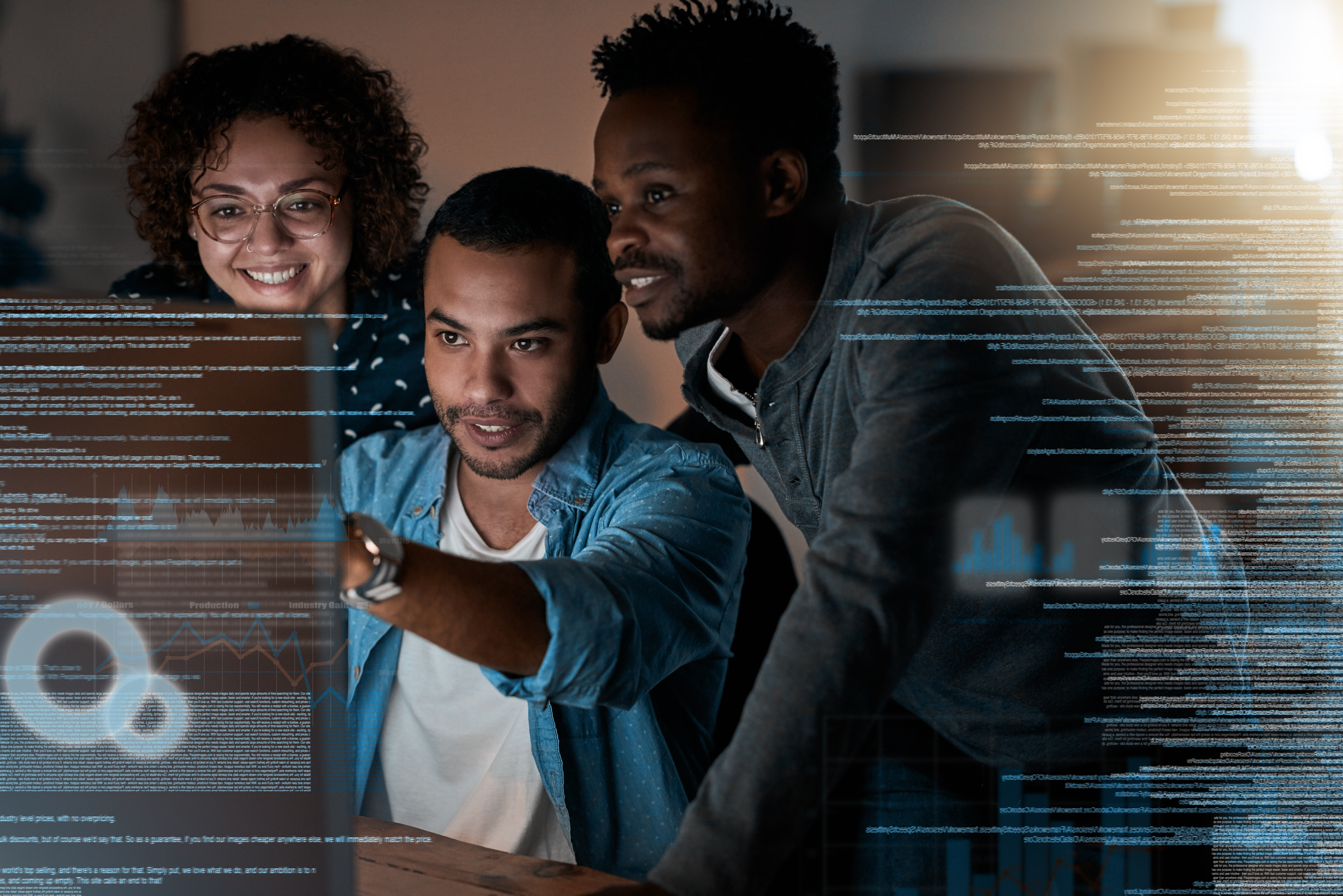6 min read
Exciting Cybersecurity Internships for Summer 2024
Exciting Cybersecurity Internships for Summer 2024 The cybersecurity field continues to expand, offering a myriad of opportunities for aspiring...
3 min read
 The Amazing Team at Force One
:
Jun 5, 2024 10:18:22 AM
The Amazing Team at Force One
:
Jun 5, 2024 10:18:22 AM
Unveiling the Guardian of Online Security: Cybersecurity Interview Questions
Introduction:
In our digital age, where technology permeates every aspect of our lives, cybersecurity plays a critical role in safeguarding sensitive information. Whether for individuals, corporations, or governments, protecting digital assets from cyber threats has become a paramount concern. As organizations strive to navigate the constantly evolving landscape of cyber threats, the need for highly skilled cybersecurity professionals has risen exponentially. This article delves into the realm of cybersecurity interview questions, exploring its definition, historical context, importance, current trends, challenges, solutions, and future prospects.
1. What is cybersecurity?
Cybersecurity refers to the practice of protecting systems, networks, and programs from digital attacks. These cyberattacks are usually aimed at accessing, changing, or destroying sensitive information, extorting money from users, or interrupting normal business processes.
How to Answer:
2. What are the primary goals of cybersecurity?
The primary goals of cybersecurity are often summarized as the CIA triad: Confidentiality, Integrity, and Availability.
How to Answer:
3. Explain the difference between symmetric and asymmetric encryption.
Symmetric encryption uses the same key for both encryption and decryption, while asymmetric encryption uses a pair of keys (a public key and a private key).
How to Answer:
4. What is a firewall and how does it work?
A firewall is a network security device that monitors and controls incoming and outgoing network traffic based on predetermined security rules.
How to Answer:
5. How would you respond to a phishing attack on your organization?
Phishing attacks involve tricking individuals into providing sensitive information, such as login credentials, by pretending to be a trustworthy entity.
How to Answer:
6. What steps would you take to secure a network?
Securing a network involves a combination of hardware, software, policies, and procedures.
How to Answer:
7. Describe a challenging cybersecurity problem you faced and how you resolved it.
Behavioral questions are designed to understand how you apply your knowledge and skills in real-world situations.
How to Answer:
8. How do you stay updated with the latest cybersecurity trends and threats?
Staying current with cybersecurity trends is crucial for professionals in this field.
How to Answer:
Current Trends in Cybersecurity:
1. Rise of AI and Machine Learning: The utilization of AI and machine learning algorithms has revolutionized cybersecurity. These technologies enhance threat detection, risk analysis, and incident response, enabling organizations to proactively defend against advanced cyber threats.
2. Cloud Security: As cloud computing gains popularity, ensuring the security of cloud-based infrastructure and data becomes crucial. Cybersecurity professionals must possess a comprehensive understanding of cloud security frameworks and best practices.
3. Internet of Things (IoT): The proliferation of IoT devices presents unique cybersecurity challenges. Securing interconnected smart devices, which often lack stringent security features, calls for robust authentication, encryption, and risk management techniques.
Challenges in Cybersecurity:
1. Skills Gap: The field of cybersecurity is facing a significant shortage of skilled professionals. To bridge the gap, organizations need to invest in training programs and collaborate with academic institutions to nurture a talent pool of cybersecurity experts.
2. Evolving Threat Landscape: Cyber threats are evolving at an alarming pace, with hackers adopting sophisticated attack techniques. Cybersecurity professionals must continuously update their knowledge and skills to stay ahead of these threats.
Solutions and Best Practices:
1. Proactive Risk Assessment: Conducting regular risk assessments helps identify vulnerabilities and develop appropriate countermeasures to mitigate potential risks.
2. Security Awareness Training: Educating employees about cybersecurity best practices is crucial in creating a cybersecurity-conscious culture within organizations, reducing the risk of human error.
3. Incident Response Planning: Developing a robust incident response plan enables organizations to respond promptly and effectively to cyber incidents, minimizing the impact and recovery time.
Future Prospects of Cybersecurity:
The future of cybersecurity holds immense potential. With emerging technologies such as quantum computing and blockchain, new challenges will arise, requiring cybersecurity professionals to adapt and innovate. As the reliance on interconnected devices continues to grow, the demand for cybersecurity experts will escalate across industries, creating numerous career opportunities.
Conclusion:
Cybersecurity interview questions offer a glimpse into the multifaceted world of safeguarding digital assets. Understanding the significance of cybersecurity, its historical context, current trends, challenges, and solutions empowers organizations and individuals to navigate the ever-evolving cyber landscape. As the digital era advances, the need for well-prepared cybersecurity professionals only amplifies. By recognizing the importance of highly skilled experts and implementing effective security measures, we can fortify our digital infrastructure and preserve the integrity of our online world.

6 min read
Exciting Cybersecurity Internships for Summer 2024 The cybersecurity field continues to expand, offering a myriad of opportunities for aspiring...

3 min read
With the increasing frequency and sophistication of cyber threats, protecting your digital assets and sensitive information is more important than...

4 min read
Rising Demand for Cybersecurity Professionals in the USA The United States is witnessing a significant rise in the demand for cybersecurity...